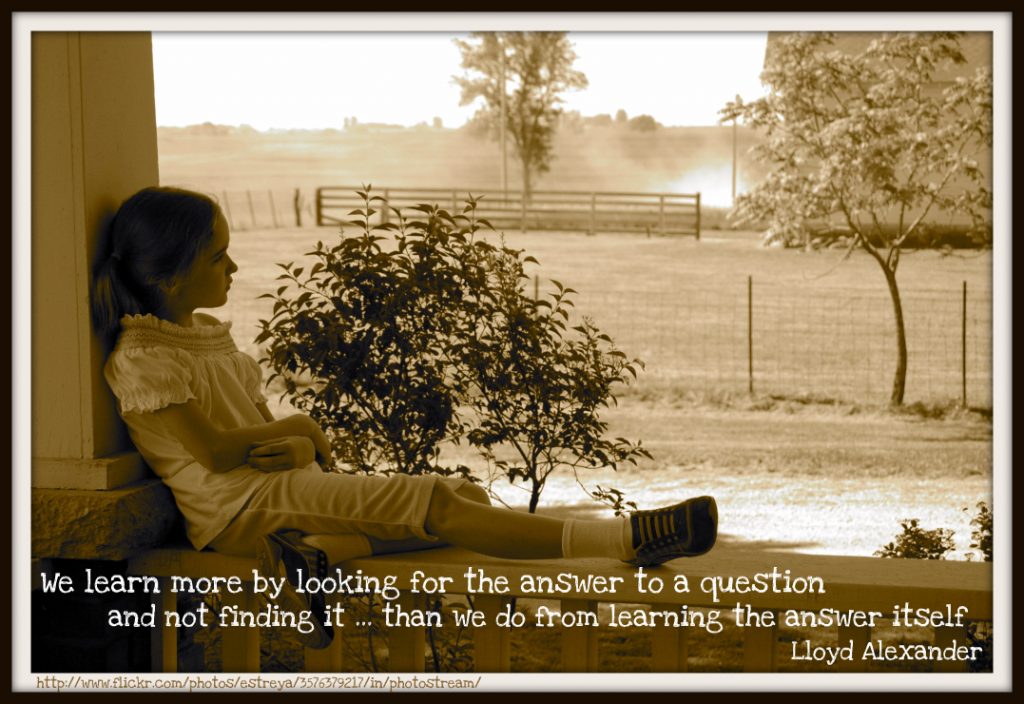Page One/Syllabus
Tecnológico de Monterrey, Campus Guadalajara
Computer Science Department
TC1019 Introduction to Software Engineering
August to December, 2016

Course Description
Course intent within the general study plan context
The purpose of this basic information-technology course, focused on software engineering, is to develop in students the skills of analysis and design for information systems. It requires previous knowledge of programming. The learning outcome of this course is for students to apply methodologies and tools for software analysis and design, demonstrating an understanding of the fundamentals of software engineering.
Course objective
Upon completion of this course, students will be able to understand the fundamentals of software engineering and to apply methodologies and tools related to the software development process.
Textbooks
You are not required to purchase the textbook, but it is an excellent resource if you would like to purchase it.
Official Text: “Software Engineering, Ian Sommerville.
Various other sources will be shared in the course.
Evaluation
I am applying an #AbolishGrading policy in this course. Partial and final grades will be negotiated between each student and the instructor. I will provide more details about how this works but rest assured that you will receive the grade you deserve based on you presenting evidence of knowledge/mastery/learning and collaboration about the content in the course.
Grading Note for all students
Your grade will be multiplied by 0.95 and then include 5% of the grade from the “Semana i”
Learning Evidence
You will create and share a publicly visible blog for this course. You can use an existing blog (with some work to isolate your work in this course from other posts) but it is probably best to create your own blog. More details in assignments.
PART OF LEARNING TO REVIEW MATERIAL IN AN ACADEMIC STYLE INVOLVES PAUSING, HIGHLIGHTING, NOTE TAKING, SUMMARIZING AND QUESTIONING THE CONTENT.
This is the purpose of your blog. Be creative and create evidence in any way you like. Write code, write prose, write poems, songs, record videos. The choice is yours. This is your space and you own it, I want you to feel proud of your work. Also, remember that your blog content will be syndicated (pushed) to the course blog so please take care in your choice of language, images and other media. We aim to share about our work but not offend others. We (students and faculty) have all signed a code of ethics here at the Tecnológico de Monterrey and need to keep those points in mind.
This Course is Different than Others
Note that we are using an educational paradigm that is called the “Flipped Classroom” (but very much in Ken’s style) in this course. This will be a change for you in that you are responsible for reviewing any videos, reading of textbooks or other materials requested outside of classroom time. The time inside the classroom is principally dedicated to actively programming or asking questions about programming problems or theory from materials that you or your classmates did not understand.
This means that you need to arrive to the classroom ready to program. I am a big proponent of “pair-progamming” as well as “pair learning” which means I often will ask you to work in pairs at the computers. You should however ensure you have your personal computers setup with the tools we need for the course.
Are you curious about other student’s reactions to this style of course? You can read my summary of student evaluation comments (the Good, the Bad and the Ugly) on a blog post I wrote about it.

You can also find many other videos and blogs from previous students located in the #Bonus section of various instances of my classes in the past. I should be creating a catalog of my previous courses (for students and teachers) on the main page of my site http://kenscourses.com
Important Dates
The dates of partial exams and final exams for all courses follow the general academic calendar which can be found at http://www.gda.itesm.mx/escolar
Assignment Details
All assignments are optional. Do the ones that you feel are useful to you in order to show your mastery in the course. If you are in doubt, just do all of them but the choice is yours. Despite all assignments being optional, part of your justifying your grade will be showing what work you have done to show your knowledge of the course content.
Course Policies
Have fun, learn, share with others and help others learn.
“Sign” here
Post a Tweet from your own Twitter account linking to this document and stating “I agree to our #TC1019 Page One”.
![]() Page One by Ken Bauer is licensed under a Creative Commons Attribution-ShareAlike 4.0 International License.
Page One by Ken Bauer is licensed under a Creative Commons Attribution-ShareAlike 4.0 International License.
